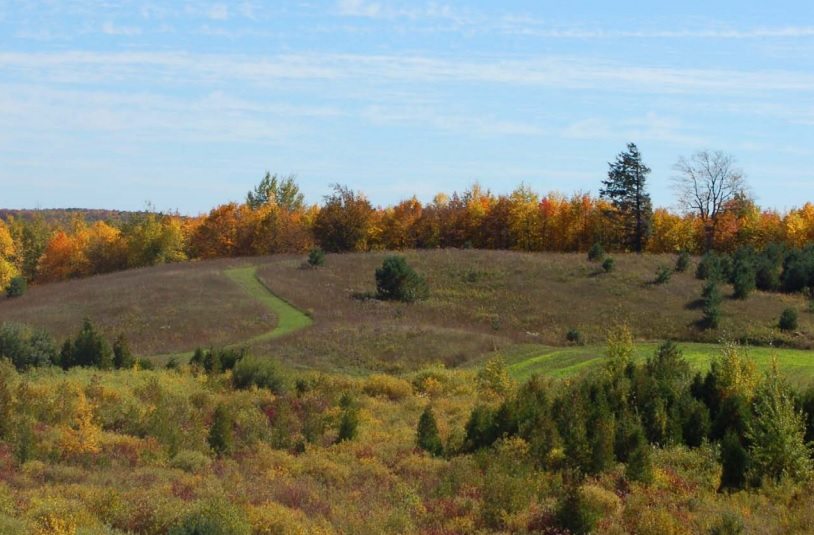Earlier this month, the Auditor General released a blistering report critiquing the Government of Ontario’s “indefensible” process of removing thousands of hectares from the Greenbelt. The Premier immediately responded by stubbornly refusing to reverse his decision. His response has underlined once more the need for constant vigilance and a strong united voice if we are to protect the precious yet diminishing natural areas and farmland that sustain us.
Fortunately, we now have a “big tent” that brings together diverse groups and individuals concerned about the relentless onslaught of damaging changes to Ontario’s land use laws and policies. Let me introduce the Alliance for a Liveable Ontario (ALO).
Ontario’s Greenbelt
What is the Alliance for a Liveable Ontario?
The ALO is a unique collaborative and inclusive alliance seeking to ensure that “communities are vibrant, healthy, affordable, climate resilient and surrounded by permanently protected farmland and natural areas.” Established in 2022, the ALO already represents more than 130 groups and over 900 individual members from many sectors: agriculture, urban planning, environment, housing affordability, tenants, neighbourhood associations, labour, healthcare, academia, businesses and more.
The ALO is premised on the assumption that together we can make a difference by communicating our messages more broadly, effectively and powerfully.
Ram’s head lady’s-slipper © Green Optics
How does the ALO work?
Franz Hartmann is the alliance coordinator, who undertakes initiatives based on direction from a 12-member Coordinating Committee and advice from founding members who offer diverse expertise. I represent Ontario Nature on the Coordinating Committee.
For example, the ALO recently commissioned polling to gauge public perceptions about the cause of and preferred solutions to the housing crisis faced in Ontario. We now know that the vast majority of Ontarians (83%) do not believe that there is a need to build housing on the Greenbelt and farmland because there is enough land already available within existing urban boundaries. They (88%) want the government to focus on housing solutions where services already exist.
The responses were consistent across party lines and all demographic categories (gender, age, labour force, income, education, and location).
What does the ALO offer?
The ALO gathers and shares information, bringing relevant expertise to the fore. It amplifies our collective knowledge and voices. Here are four examples.
The ALO is organizing and hosting the “Building Hope” webinar series. The first two webinars (recorded and available online) featured planning, development and housing experts who presented on housing needs and where and how to get housing built.
The ALO posts relevant resources and provides space for members to share their own resources (e.g., information, action alerts).
The ALO website has a page for members to promote upcoming events.
The ALO creates opportunities for members to stand up together on issues of common concern. For example, it invited members to endorse a joint submission in response to proposed changes to key provincial land use planning policies.
Stop Bill 66 Rally, Ajax © Kevin Thomason
What lies ahead for the ALO?
The alliance will be busy in the upcoming months. Priorities include growing and broadening representation in the ALO; preparing a “platform” and seeking endorsement from all political parties; highlighting practical and feasible housing solutions; building public awareness and support for protecting nature and farmland; and weaving Indigenous perspectives into our planning and messaging.
If you’re looking for hope and inspiration in the challenging times ahead, I invite you to consider becoming a member of the ALO.
The post Introducing the Alliance for a Liveable Ontario appeared first on Ontario Nature.
